I'm starting to think about bell peppers this year. Last year I planted from seed (inside) in apparently bad soil, had such poor germination that I had only a few to plant. Then, I set them out too soon and those several days of below freezing weather froze them to death even though I had covered them. So, since I was buying tomato plants from The Tomato Man, I bought several of his pepper plants, 2 each of Jimmy Nardellos Sweet Frying Pepper, Keystone Giant, Orange Bell, and a Jupiter Bell. Those grew. But I had very poor production from all except for Jimmy Nardello's Sweet Frying Pepper, and some didn't set fruit at all till fall. Some of the fruit that set would get a big oval black spot on it that would rot the whole pepper.
When I set them out, I put some Epsom salt in each hole. I got some fireplace ashes and some newspaper shreds and incorporated that in my soil. I have raised beds and my dirt is good composted soil. The plants themselves grew to about 2' to 3'. I had to put tomato cages around them for support.
In the heat of the summer, those pepper plants stood there as wilted as they could be without starting to drop leaves. The raised beds drained pretty well, even with all the rain we had last spring. By the time the summer heated up, we were not getting rain any more. I tried extra water. I tried Miracle Gro. I tried a shade cloth.
I don't like to pick my peppers green. I like to pick them when they've turned red or yellow or whatever color they're supposed to be. But it seems like they don't set on new fruit till I pick off what's there.
So I babied them along all summer, in fall they started setting on fruit and I had better-looking fruit on the plant than I had had up to that point, and more of them. But the first freeze came along when they were only about half the size they would've gotten had conditions been ideal. Not that I ever expect conditions to be ideal in Oklahoma. Honestly, if we depended on my garden to live, we'd be dead by now, or moved to Missouri.
So tell me what I should do different this year?? I've started some from seed (inside) already, a few are poking their heads up out of the dirt. I know now that they need warmth to germinate and better soil so I took care of that. I have lights for them to grow under. I'm hoping they can get to a better size with the earlier start and might start producing earlier. I also read somewhere that if you put pepper plants in the soil before the soil has warmed, you can stunt production for the life of the plant.
I sowed a few yellow banana pepper seed because I remember my MIL used to plant them and always had a good crop. I didn't sow any Nardello's because last year it took so many of them to equal a regular bell pepper that I don't think, really, production was really any better than the bell variety. They were long and skinny and thin walled. It took more time to seed a big handful of them than if I were using just one bell pepper. I also sowed some California Wonder, some seed I saved from some small purple peppers a friend grew, and some seed I saved from a couple of bell peppers that were probably hybrids. I know they won't make the same pepper that they came from but they'll make something, right?
I'm thinking I might follow your lead, Dawn, and plant pepper plants in containers this year. I realize, though, that I'm going to be carrying them around a lot (out into the sun in the spring, back in during the night -- then in July and August, moving to the shade and bringing in at night -- then in the fall setting back out in the sun and bringing in during that first killing frost and during the night). I have kitty litter tubs that hold about 4 gallons that I can use.
What about the moisture? I've seen differing opinions. Some say they like to be wet, some say not. At first I thought the wilting indicated thirst, but now I'm starting to think it was the heat. I would water them in the evening and by morning, they wouldn't be wilted. However, by late afternoon they'd be wilted again.
Ya know, I've almost got myself talked out of growing peppers now. Maybe I'd be better off to just stick to tomatoes and beans.
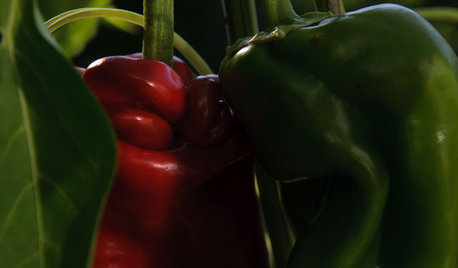
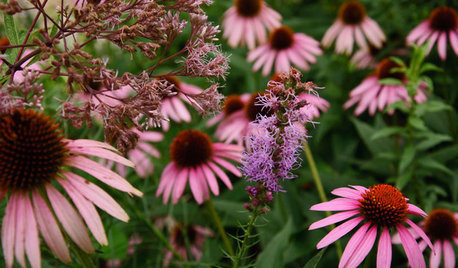





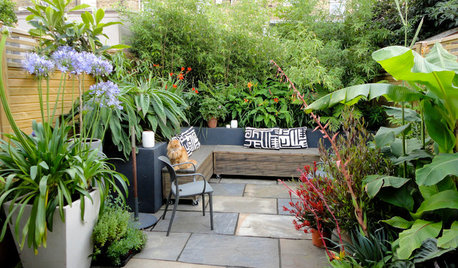
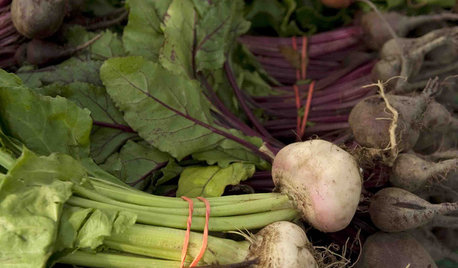
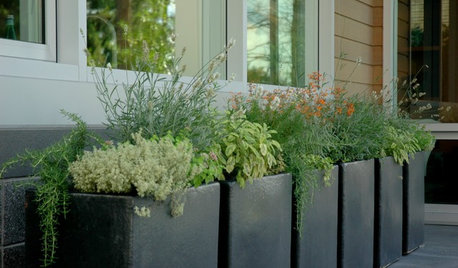






scottokla
Okiedawn OK Zone 7
Related Professionals
Allen Landscape Architects & Landscape Designers · Reading Landscape Architects & Landscape Designers · Erie Landscape Architects & Landscape Designers · Milford Landscape Contractors · Brooklyn Park Landscape Contractors · Cary Landscape Contractors · Fountain Valley Landscape Contractors · Pompano Beach Landscape Contractors · Secaucus Landscape Contractors · View Park-Windsor Hills Landscape Contractors · Washington Landscape Contractors · Hawaiian Gardens Landscape Contractors · Bellevue Decks, Patios & Outdoor Enclosures · Lake Arrowhead Decks, Patios & Outdoor Enclosures · New Berlin Decks, Patios & Outdoor Enclosuresilene_in_neokOriginal Author
Okiedawn OK Zone 7